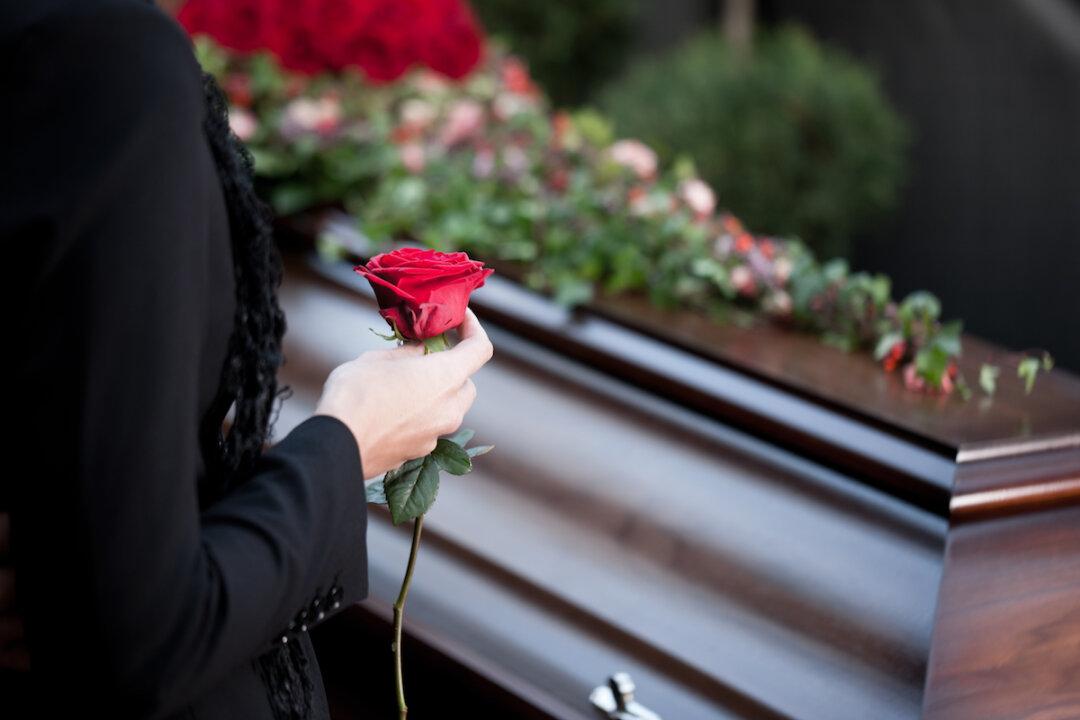For over three decades, Reverend F. Washington Jarvis served as headmaster of Boston’s Roxbury Latin School, the oldest school in continuous existence in North America. During this time, Jarvis delivered a series of addresses to the student body, the best of which were collected in “With Love and Prayers: A Headmaster Speaks to the Next Generation.” For a number of years, I taught “With Love and Prayers” to high schoolers and found that both parents and students valued the book for its wisdom, wit, and moral lessons.
The celebrated headmaster of Eton College, Cyril Alington, was once approached by an aggressive mother. He did not suffer fools gladly. “Are you preparing Henry for a political career?” she asked Alington. “No,” he said. “Well, for a professional career? “No,” he replied. “For a business career, then?” “No,” he repeated. “Well, in a word, Dr. Alington, what are you here at Eton preparing Henry for?” “In a word, madam? Death.”
As Jarvis then points out, the principal mission of Roxbury Latin is to prepare its students for life. “And,” he goes on, “the starting point of that preparation is the reality that life is short and ends in death.”





